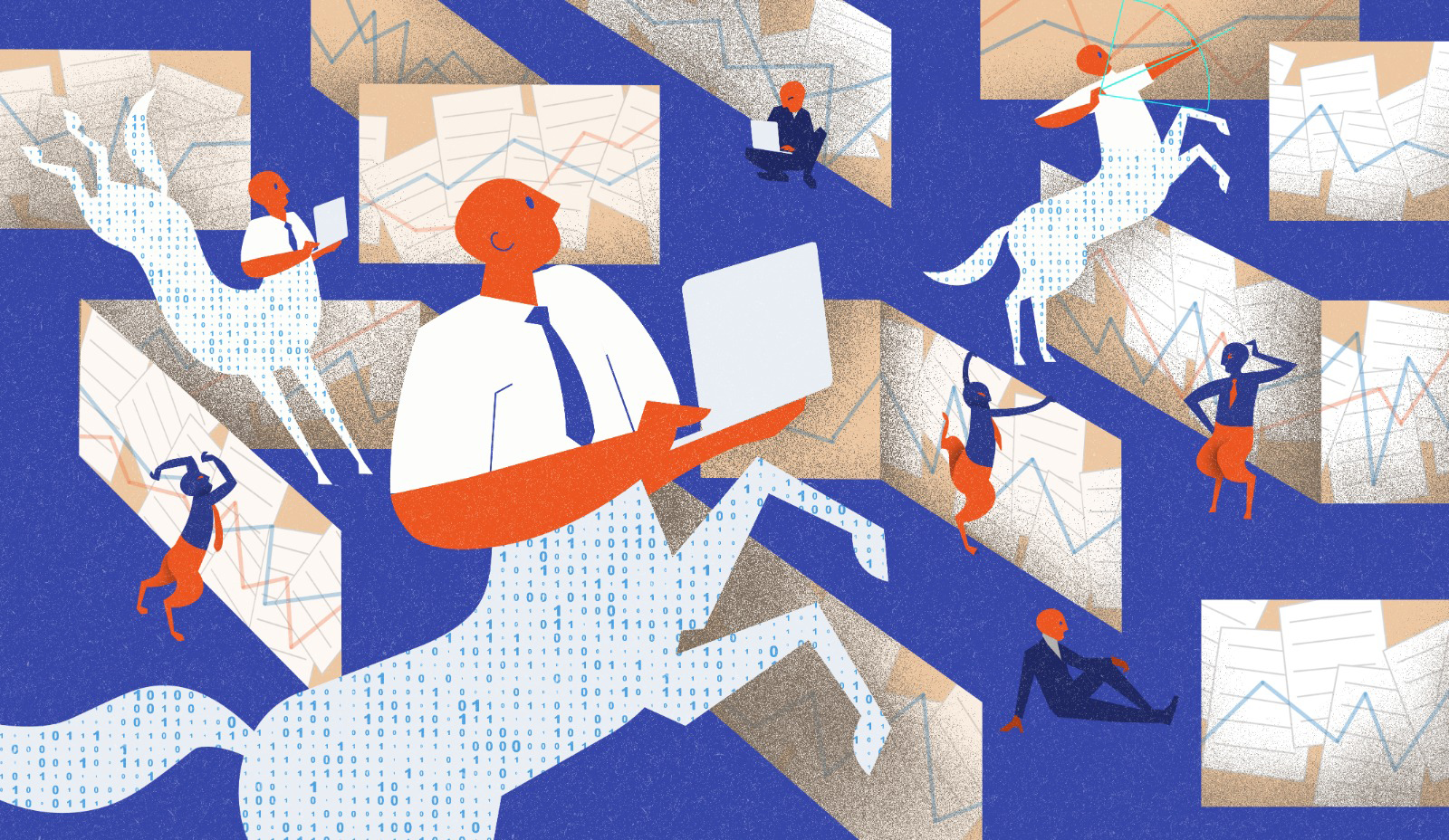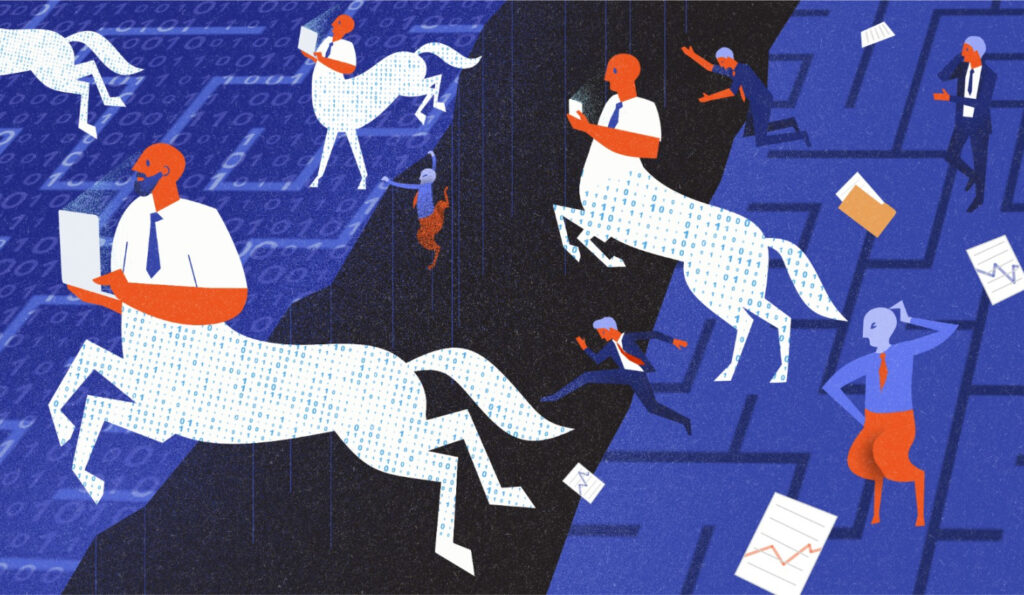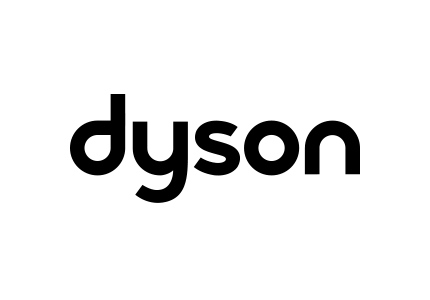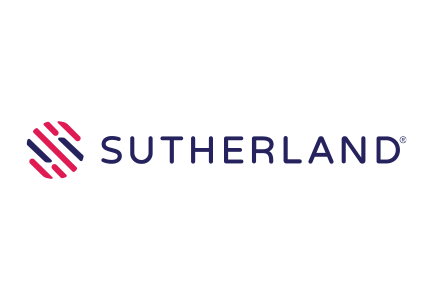Playing chess in the enterprise, the AI analogy
It’s been 26 years since Deep Blue beat the world’s best chess player, capturing headlines and sparking debate about the possibility of AI taking over jobs. In between then and now, AI has been maturing in the background, until suddenly ChatGPT re-ignited mainstream attention on AI.
We are now hearing similar proclamations about Generative AI taking over knowledge work. History rhymes as they say. In this post we’ll go beyond the headlines and compare what unfolded in the world of chess as a guide to what we can expect to see as AI enters the enterprise workforce.
AI is not the best chess player: rise of the centaurs
Most people remember the story of Deep Blue as the moment when AI overtook human beings at a game of intelligence; but contrary to popular opinion, the story did not stop there. In 2005, the first “freestyle” chess tournament took place, in which humans, computers and humans assisted by computers (dubbed “centaurs”) all competed against each other. Hydra, the world’s most advanced AI, was not the winner, nor were the teams of AI assisted grandmasters. The winner was a team of 2 amateur chess players supported by 3 ordinary computers. The unorthodox centaurs crushed all other competition.
It is here where we can begin drawing comparisons with enterprise AI.
Centaurs in the workforce
We’re already seeing the centaur analogy play out. A recent study by Stanford and MIT researchers showed a 14% improvement in productivity to agents at a Fortune 500 call center. Similar to the early results in chess, the biggest gains were not top performers, but rather junior staff who had been able to greatly upskill their capabilities with AI.
Further, this seems to be where companies are investing:
Source: Microsoft Work Trend Index, Will AI Fix Work?
After years of false starts with RPA and chatbots, enterprises are betting that AI will create more value when augmenting their workforce than reducing headcount through pure automation.
How to create enterprise centaurs
Like any breakthrough technology, organizations will need to embark on a paradigm shift in business process in order to maximize the benefits from AI. Here are some guidelines that enterprise leaders can follow in order to encourage workforce adoption.
Allow for rule breaking
One of the ways the amateur chess centaurs beat even the grandmasters who were paired with AI is that they developed novel strategies that challenged the conventional wisdom of the chess community. The AI was able to take this guidance and suggest new pathways that had not yet been explored. Similarly, we can expect to see creative types in every enterprise department leveraging AI’s massive data models to explore new territory of knowledge. If, that is, they are empowered to experiment with new ways of accomplishing their goals.
Expose the entire workforce to prompts
As in chess, the employees who excel with AI may not be today’s top performers. Given that its early, and we don’t yet have research showing the traits of successful centaurs, this is a moment when democratizing technology access to the workforce is not just a feel good initiative, but likely to be the winning strategy.
What can enterprises do to promote AI adoption in the workforce? While 58% of Americans have heard of ChatGPT, only 14% have used it. It will take repeated exposure for everyone in the workforce to catch on. Promote prompts everywhere with examples. If you are a business leader communicating to your workforce consider showing the prompt you used to generate the message you shared. Show how peers are using prompts by sharing the best prompt of the week. Embed prompts inside the enterprise application layer. Finally, avoid the phrase “prompt engineering” so that less technical staff know these tools are just as much for them as the techies.
Ensure employee oversight to customer facing experiences
One of the biggest shortcomings of AI are “hallucinations”, where the AI confidently reports on something that is factually incorrect. Researchers have yet to identify a remedy, which means that AI must still be reviewed in sensitive situations. For this reason, it’s best to confine experimenting and risk taking to the internal dealings of the workforce, and avoid exposing customer directly to AI.
Expect to read headlines like this from companies over deploying AI: Lawyer Who Used ChatGPT Faces Penalty for Made Up Citations
We’re all in the AI labyrinth now
Ready or not, thousands of enterprises have been thrown into the AI labyrinth. Some will morph their workforces into centaurs, empowering their staff to rise up the value creation hierarchy by augmenting the best of human traits with these powerful new word calculators.
But many companies will struggle. In Greek mythology, there existed a half human half goat creature called a Satyr. These whimsical beasts had all the wisdom in the world but would constantly stumble due to overindulgence, leading to reckless outcomes. Expect to see enterprise centaurs devour many such beasts in the years ahead.






